Ultimate Guide to the HGLRC Petrel 85 Whoop: Your Go-To Indoor FPV Drone for a Thrilling TinyWhoop Experience

The Ultimate Guide to the Best 2-Inch Toothpick FPV Drone
As a leading authority in the world of FPV (First Person View) drones, we understand the importance of choosing the right drone for your flying experience. Today, we introduce the best 2-inch toothpick FPV drone on the market. Designed for agility, speed, and ease of control, this drone is perfect for both beginners and seasoned FPV enthusiasts. In this comprehensive guide, we explore the key features, specifications, and benefits of this powerful drone, helping you make an informed decision.
What is a 2-Inch Toothpick FPV Drone?
A 2-inch toothpick FPV drone is a lightweight, compact drone designed for agility and maneuverability. The name “toothpick” refers to its thin, lightweight frame, which offers less drag and more efficiency. These drones are ideal for tight spaces and quick maneuvers, making them perfect for indoor and outdoor flying in small areas. Their small size allows for nimble flight characteristics, making them popular among racers and freestyle pilots.
Key Features of Our Top Pick
1. Lightweight Frame for Enhanced Agility
One of the standout features of this 2-inch toothpick FPV drone is its lightweight carbon fiber frame. Carbon fiber is renowned for its strength-to-weight ratio, making the drone incredibly durable without compromising on performance. This lightweight frame ensures maximum agility, allowing pilots to perform tight turns and acrobatic maneuvers with ease.
2. High-Performance Motors for Unmatched Speed
Equipped with powerful brushless motors, this drone is built for speed and endurance. The high KV (RPM per Volt) motors provide exceptional thrust and speed, allowing pilots to accelerate quickly and maintain high speeds throughout their flight. These motors are also energy-efficient, extending the flight time and ensuring a smooth, uninterrupted flying experience.
3. Advanced Flight Controller for Precision Control
The flight controller is the brain of the drone, and our top pick features an advanced flight controller that supports multiple flight modes, including angle, horizon, and acro mode. This versatility makes it suitable for pilots of all skill levels. The flight controller also comes with an integrated OSD (On-Screen Display), providing real-time telemetry data such as battery voltage, flight time, and signal strength directly to the pilot’s goggles.
Product name: Draknight
Weight: 44.3g (excluding the weight of the receiver)
Draknight frame
Type: 52 inch rack
Wheelbase: 91.8mm
Maximum supported paddle: 2 inches
Size: 104*104mm
SPECTER12 ES2-4S AIO flight controller
Master control: STM32F411
Firmware: BF HGLR-HGLRCF411SX1280_15A
Input voltage: 2-4S Lipo
BEC output: 5V/1.5A
Continuous current: 12A
Peak current: 15A(5s)
ESC protocol: Dshot150/300/600
Flight control firmware: HGLRCF411SX1280_15A
ESC firmware: Z-H-30 (Blheli_S)
Built-in receiver: UART ExpressLRS 2.4G
Built-in image transmission: 0-25-100-400mW (adjustable)
Caddx Ant Ant FPV Webcam
specter 1003 motor
Motor: 10000KV (2s)
Recommended propeller: Gemfan2023 propeller
Shipping list:
1x Draknight drone
2x battery print
1x Onboard ELRS receiver/tbs receiver (optional)
Recommended battery:
2S:550mah-720mAh
Understanding the Causes of LiPo Battery Failure in FPV Drones
LiPo (Lithium Polymer) batteries are the lifeblood of FPV drones, powering everything from the motors to the electronics that enable your quadcopter to soar through the skies. While these batteries are essential for high-performance flying, they are also delicate and prone to failure or premature death if not handled correctly. In this article, we’ll explore the various causes of LiPo battery failure, helping you to extend the lifespan of your batteries and ensure consistent performance during your flights.
1. Overcharging and Overvoltage
One of the most common causes of LiPo battery failure is overcharging. Charging a LiPo battery beyond its maximum voltage—typically 4.2V per cell—can cause significant damage. Overcharging can lead to the swelling of the battery cells, increased internal resistance, and, in extreme cases, thermal runaway, which can result in fire or explosion.
- Prevention: Always use a quality balance charger with built-in safety features to prevent overcharging. Ensure that you never exceed the recommended charge voltage for your specific LiPo battery.
2. Overdischarging
Overdischarging occurs when a LiPo battery is drained below its safe minimum voltage, typically around 3.0V per cell. Discharging a battery too low can cause irreversible chemical changes within the cells, leading to a loss of capacity, increased internal resistance, and eventual failure.
- Prevention: Use a low-voltage alarm or set your drone’s flight controller to warn you when the voltage drops below a safe threshold. It’s also advisable to land your drone as soon as the voltage drops to around 3.5V per cell under load, giving you a buffer to avoid overdischarge.
3. Physical Damage
LiPo batteries are particularly vulnerable to physical damage, which can occur due to crashes, punctures, or rough handling. Any damage to the battery casing can lead to exposure of the internal cells, which may result in swelling, leakage, or short circuits.
- Prevention: Always inspect your batteries after a crash or rough landing. If you notice any dents, swelling, or other signs of damage, it’s best to safely dispose of the battery rather than risk using it. Protect your batteries with soft cases or padding during transport and in your drone.
4. High Current Draw
FPV drones, especially those built for racing or freestyle flying, often draw high currents from their batteries. While LiPo batteries are designed to handle high current loads, drawing excessive current for extended periods can cause overheating, swelling, and a decrease in battery lifespan.
- Prevention: Ensure that your battery’s C-rating (the measure of how much current the battery can safely deliver) matches the demands of your drone’s setup. Avoid pushing your batteries to their limits during every flight, and consider using batteries with a higher C-rating for demanding flying styles.
5. Improper Storage
Improper storage is a major factor in the premature aging of LiPo batteries. Storing LiPo batteries fully charged or fully discharged for extended periods can cause capacity loss and increase the risk of swelling.
- Prevention: Store your LiPo batteries at a storage voltage of around 3.7V to 3.85V per cell. Use a balance charger’s storage mode to set your batteries to the correct voltage before storing them in a cool, dry place. Avoid storing batteries in hot environments, such as inside a car or near direct sunlight.
6. Poor Charging Practices
Charging LiPo batteries improperly can lead to a range of issues, from reduced capacity to complete failure. Using incorrect settings on your charger, charging at too high or too low a current, or using a damaged charger can all contribute to battery failure.
- Prevention: Always double-check your charger settings before plugging in your batteries. Charge your batteries at a moderate rate (typically 1C, where C is the battery’s capacity) unless you’re confident that a faster charge won’t harm the battery. Regularly inspect your charger for wear and tear, and replace any damaged components.
7. Environmental Factors
Environmental conditions such as extreme temperatures, humidity, and exposure to water can also lead to LiPo battery failure. High temperatures can cause the battery cells to swell, while cold temperatures can reduce capacity and increase internal resistance. Exposure to moisture can lead to short circuits and corrosion.
- Prevention: Fly and store your batteries within their recommended temperature ranges. Keep them dry, and avoid flying in rainy or excessively humid conditions. If you suspect that a battery has been exposed to moisture, allow it to dry thoroughly before use, but be cautious as the internal damage may have already occurred.
8. Age and Usage Cycles
Even with the best care, LiPo batteries have a finite lifespan. Over time and through repeated charge/discharge cycles, the chemical composition of the cells degrades, leading to reduced capacity, increased internal resistance, and eventually, failure.
- Prevention: Monitor the performance of your batteries regularly. If you notice a significant drop in flight time or increased swelling, it may be time to retire the battery. Keeping a log of your battery usage can help you track the number of cycles and predict when a battery is nearing the end of its useful life.
Read More About Lipo Batteries by clicking the link below:
https://oscarliang.com/fpv-drone-guide/
Checkout our Frames Collection by clicking the link below:
https://thefpvproject.com/product-category/frames/
1S = 1 cell = 3.7V
2S = 2 cells = 7.4V
3S = 3 cells = 11.1V
4S = 4 cells = 14.8V
5S = 5 cells = 18.5V
6S = 6 cells = 22.2V
For example, we call a 14.8V battery a “4-cell” or “4S” battery.
LiPo battery is designed to operate within a safe voltage range, from 3V to 4.2V. Discharging below 3V could cause irreversible performance loss and even damage to the battery. Overcharging above 4.2V could be dangerous and eventually cause a fire.
However, it’s advisable to stop discharging when it reaches 3.5V for battery health reasons. For example for a 3S Lipo, the max voltage is 12.6V, and you should land when the voltage reaches 10.5V (at 3.5V per cell).

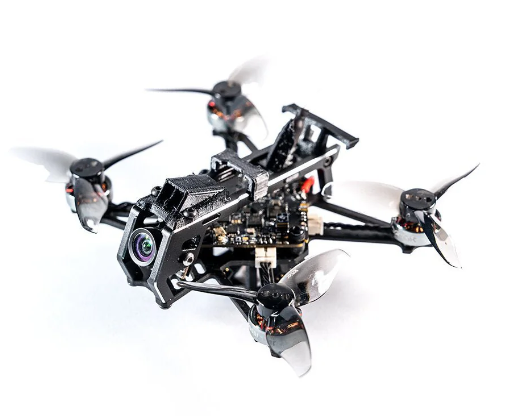
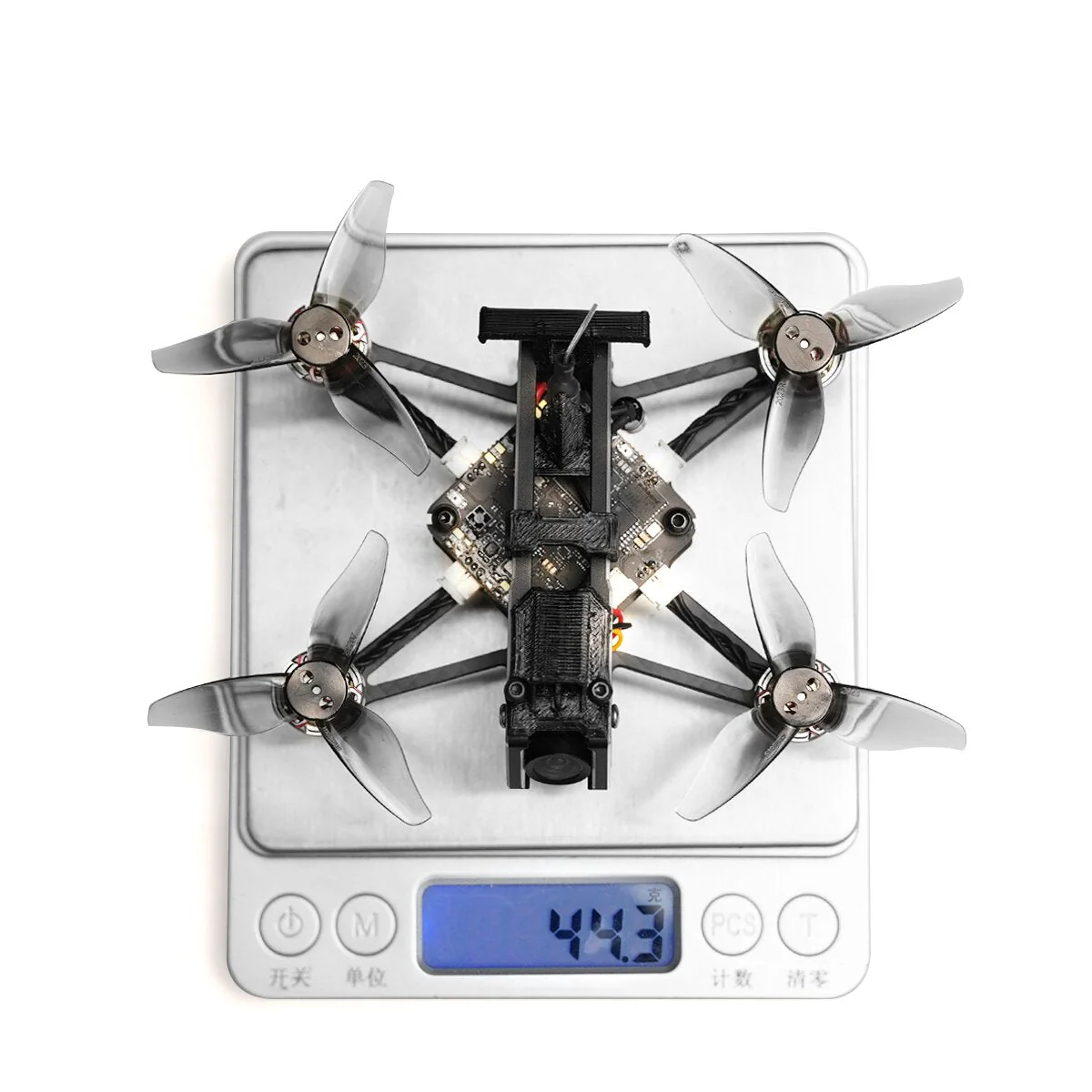
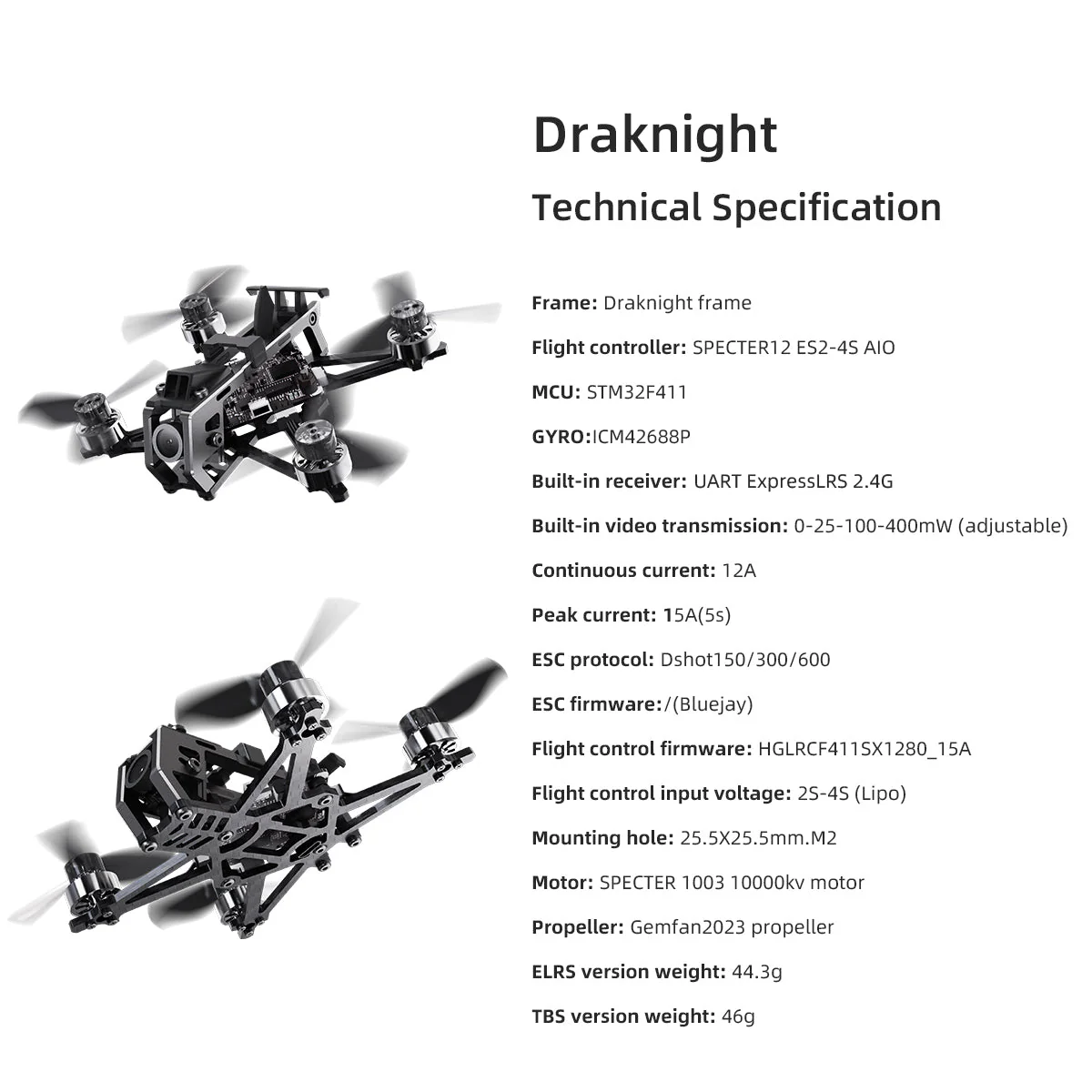
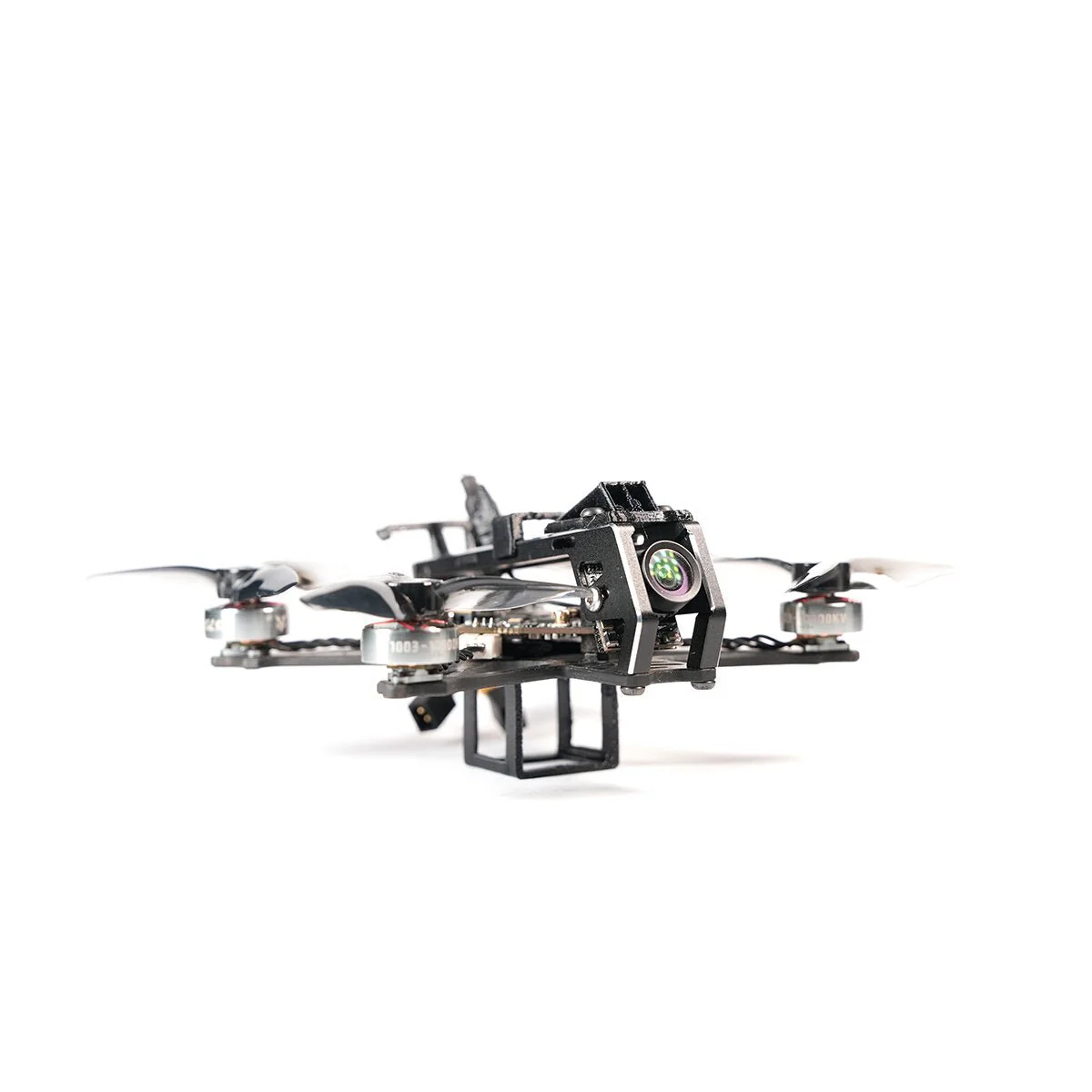
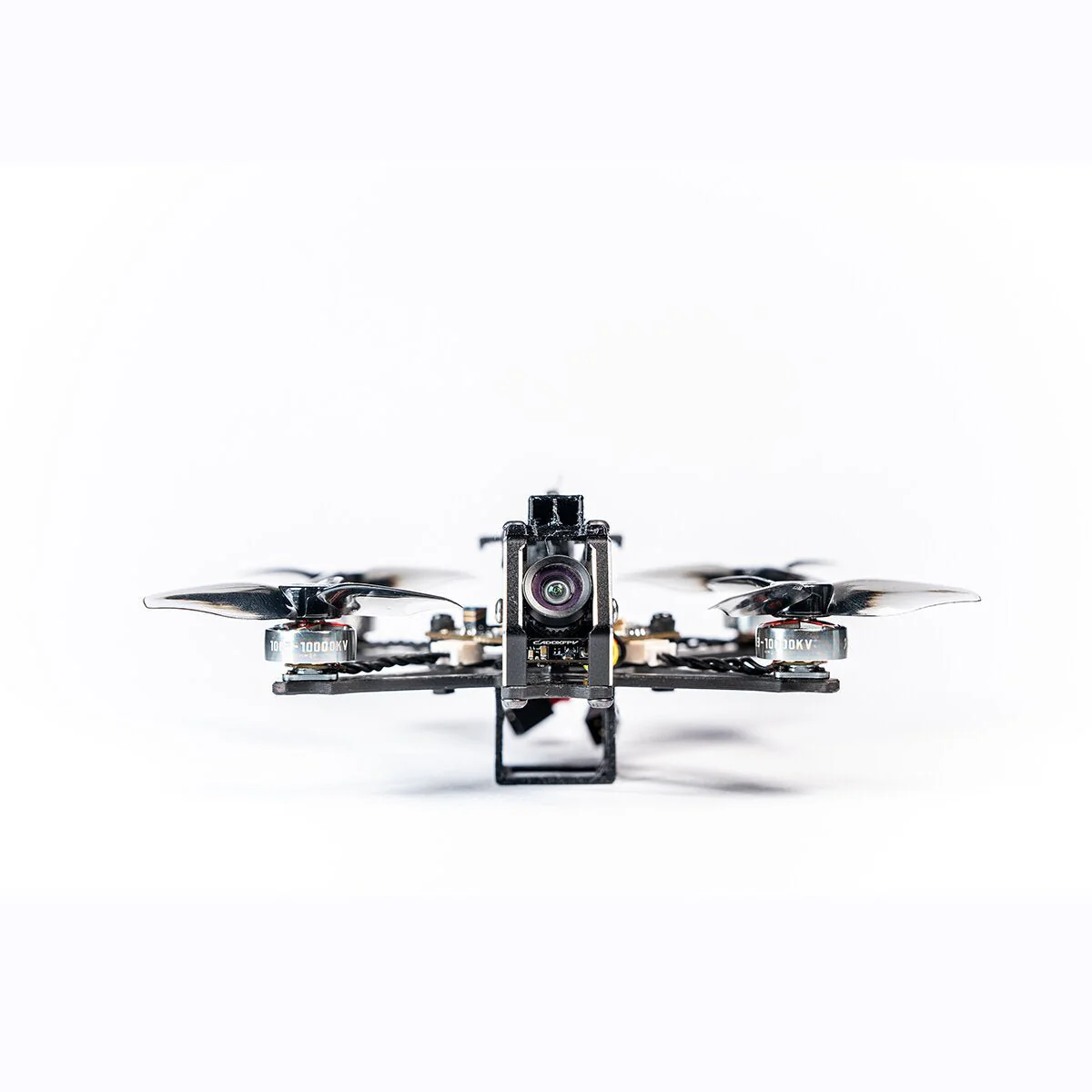

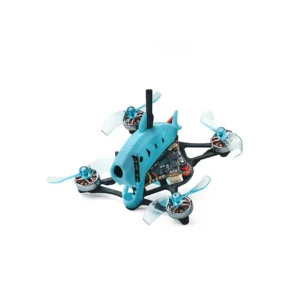
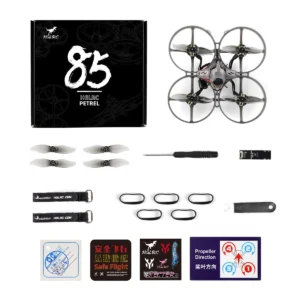
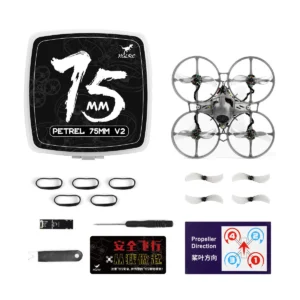
Reviews
There are no reviews yet.